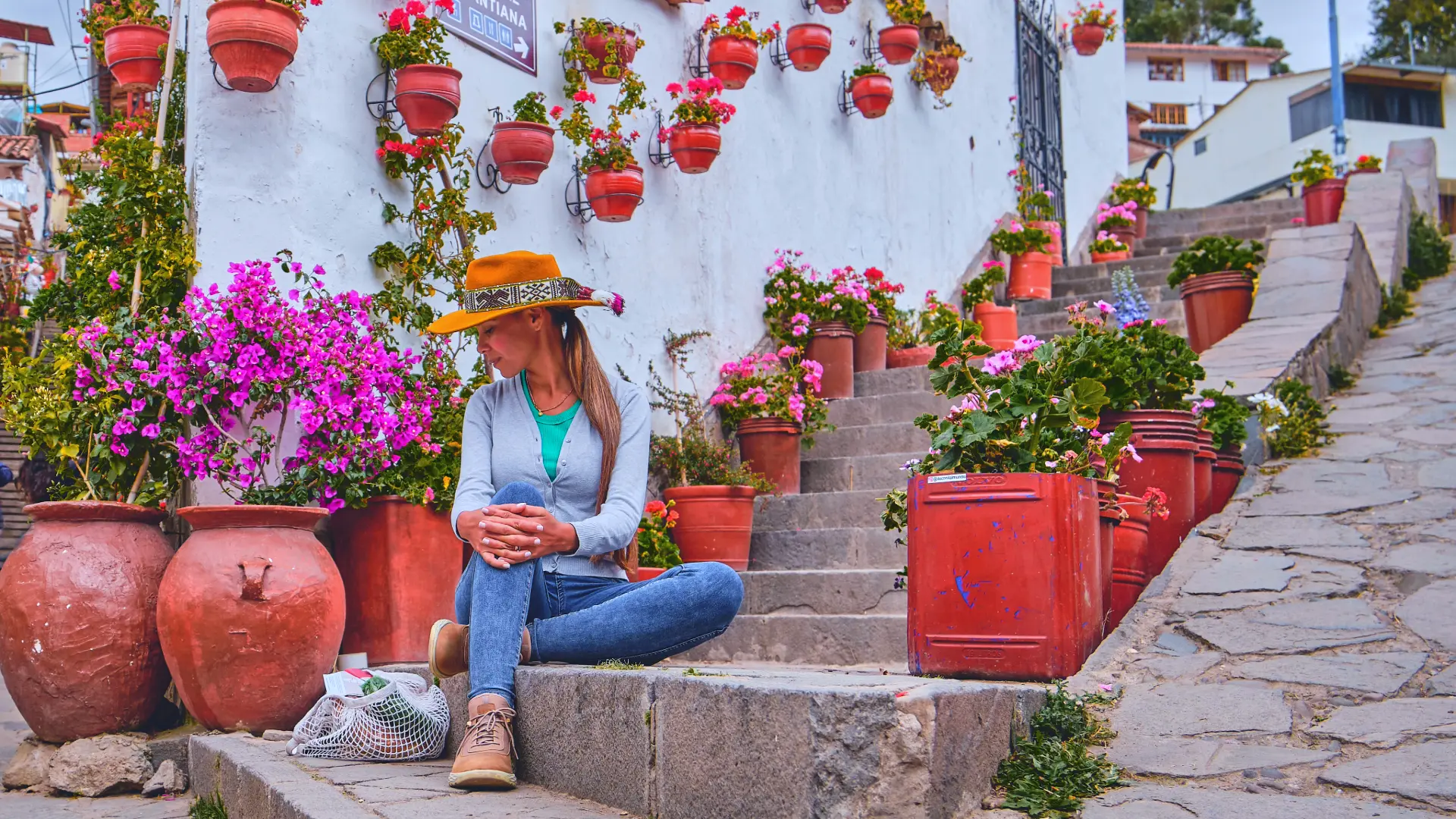Cusco, the historic heart of Peru, overflows with cultural richness and timeless charm, and exploring the Street Names in Cusco on a Cusco City Tour lets you discover fascinating stories from the city’s legendary past.
Many street names in Cusco have deep-rooted origins that reflect both Incan and colonial heritage. Learning about them not only enhances your visit but also connects you to the living history of this extraordinary city.

Unveiling the History Behind Cusco’s Street Names
As the ancient capital of the Inca Empire, Cusco preserves a legacy where every street tells a story. Exploring the meanings behind these names offers insights into both Inca civilization and Spanish influence.
Hatun Rumiyoc Street, meaning “Street of the Large Stone,” is one of the most famous examples. It is home to the legendary Twelve-Angled Stone, a masterpiece of Inca masonry that has stood for centuries as a symbol of precision and power.
Another fascinating name is Siete Culebras Street or “Seven Snakes.” Its name likely refers to the twisting layout of the street, evoking the sinuous form of snakes. This street leads directly to the iconic Plaza de Armas, the beating heart of Cusco and a stage for both Inca and colonial events.

Stories Behind the Names: A Closer Look
Carmen Alto Street recalls the Carmelite convent that once stood in this area, an important religious center during colonial times.
Siete Angelitos Street owes its name to a painting of seven angels found on the roof of an old mansion, commissioned by Blas de Bobadilla, a local resident of the era.
Nearby, the neighborhood of San Blas is famous for its artisans and its charming narrow alleys. The street names here reflect the city’s creative soul and centuries-old craft traditions. Exploring San Blas is an essential stop on any Cusco City Tour.
Plazoleta Nazarenas takes its name from the Nazarenas nuns who established a convent nearby. This peaceful square blends history, spirituality, and local culture, an authentic slice of Cusco’s charm.
In the city of Cusco, every name adds a chapter to the collective memory. These streets preserve the voices of ancient Peruvians and Spanish colonizers, telling a story of coexistence and transformation.

How Cusco’s Street Names Reflect Inca and Colonial Heritage
The street names in Cusco capture the city’s dual identity, Incan ingenuity and colonial influence. They showcase a dialogue between ancient roots and European traditions.
Hatun Rumiyoc Street is a living example of Inca architecture. Its name and structure remind visitors of the civilization’s engineering brilliance. Strolling here is like walking through a time capsule during your Cusco City Tour.
Meanwhile, Saphy Street runs parallel to the Saphy River. The word “Saphy” means “root” in Quechua, reflecting the deep connection between language, nature, and culture in Inca times.
Colonial influence is equally evident in San Agustín Street, named after Saint Augustine. It stands as a reminder of the religious orders that shaped Cusco’s identity during Spanish rule.

Streets Named After Colonial Figures and Places
Siete Cuartones Street is named after a stone sculpture once placed nearby, representing one of the city’s many colonial landmarks.
In the parish of Santiago, several streets bear religious names, highlighting how faith influenced Cusco’s urban evolution. The combination of sacred and historic elements creates a unique blend of cultures.
Some streets even commemorate key colonial figures, immortalizing their roles in shaping Cusco’s transformation. Each name holds echoes of both triumph and struggle, a mirror of Peru’s layered history.
Even beyond the city, iconic sites like Machu Picchu continue to influence how local spaces are named, keeping the Inca heritage alive through time.

The Blend of Inca and Colonial Legacies
Street names in Cusco such as Hatun Rumiyoc, Saphy, and San Agustín reflect how two worlds, Inca and Spanish, merged into one vibrant culture. This coexistence defines Cusco’s identity as a city where the past and present live in harmony.
Each name is a historical marker, a reminder of architectural brilliance, religious devotion, and cultural endurance. Together, they narrate the story of a civilization that refused to vanish.
Exploring the street names in Cusco is more than a walk through the city, it’s a journey through time. Each sign and stone whispers the legacy of empires, faith, and resilience that shaped Peru’s most magical city.
Plan your next adventure and uncover these stories firsthand on a Cusco City Tour with Magical Cusco Travel Agency. Discover the living history of Cusco’s streets and experience the magic that still echoes in every corner.

